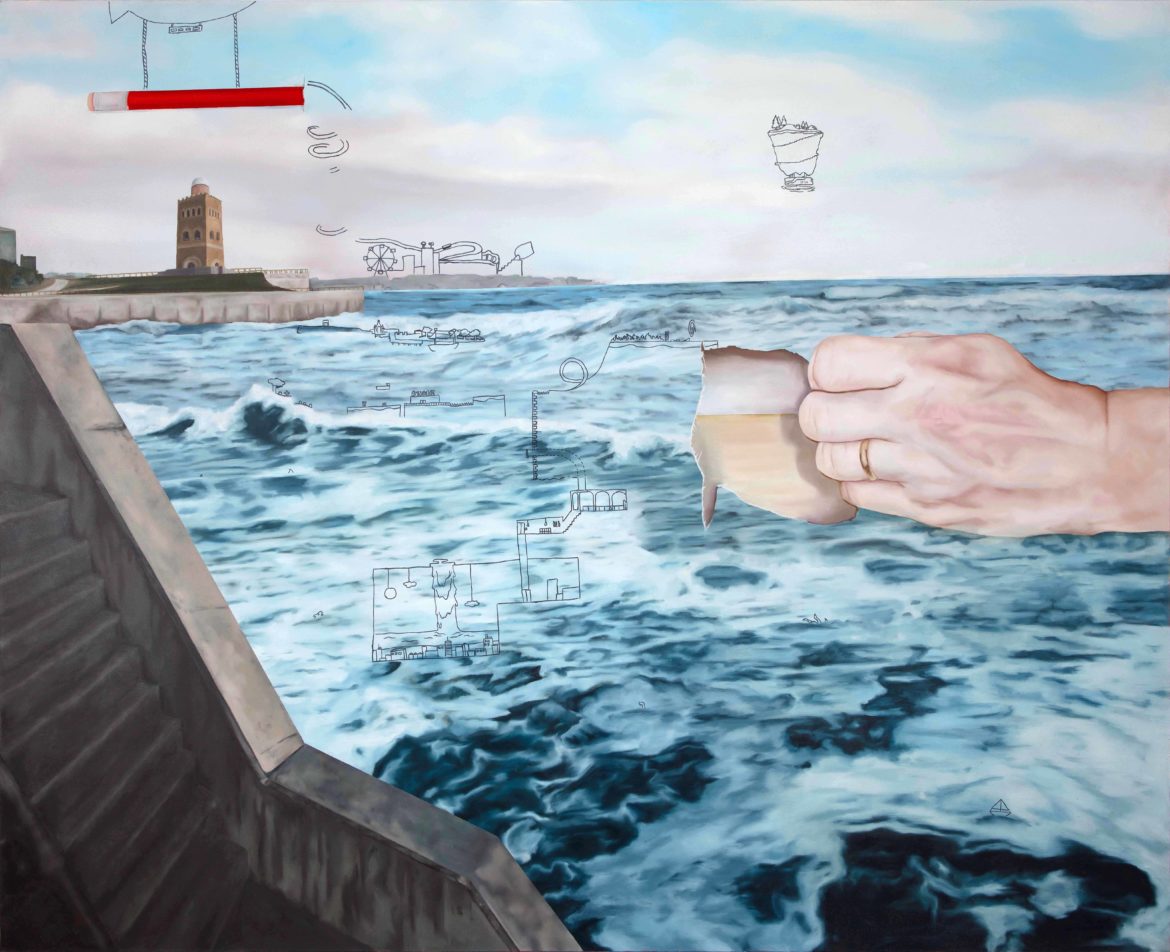ARTS and CULTURE
Gang Signs
Curtis Stephen |
Defusing youth violence isn’t simple.

When I Wanted Everything, 2018, oil on canvas, 78 × 96 inches
Young people in New York have never had it easy, from the real-life hardship of Jacob Riis’ day to the fictionalized struggles of “West Side Story” and “Do The Right Thing.” But as school lets out and summer sets in, people aged 16 to 25 in New York are facing a unique set of obstacles in 2010.
Amid profiles of young people and case studies of solutions, this issue charts the challenges that youth policy must meet.
Fighting teen dating violence begins with recognizing it
When New York City public schools let out next week, the tests will have just begun for many teens, who will face rising crime and the weakest young adult job market in history.
For Tasnim Huque, the past few months have been full of surprises. Her Muslim parents, who immigrated to New York City from India’s sprawling eastern city of Calcutta in the late 1980s, are gradually allowing the 18-year-old to show some independence. While there’s little inhibiting most seniors at Hunter Science High School in Manhattan from attending the prom— except, perhaps, the cost of limos, gowns and tuxes— Huque was certain that she’d be missing it for a different reason: her 6 p.m. curfew. But her parents recently told her that she could, in fact, attend.“They even bought me a nice Westernized dress,” she says excitedly. And that’s not all she’s excited about.
Times Square. In its colorful and danger-filled heyday of the 1970s and ’80s, porn shops, drug pushers, prostitutes and pistol-toting stickup men were the price of admission. But the venue has been a tourist-friendly commercial strip for some 15 years. In early April, for few minutes, that changed.On Easter night, a series of brawls and violent confrontations broke out in Times Square and nearby Herald Square among roaming bands of youths, reportedly resulting in the shooting of three women and one man, whose ages ranged from 18 to 21. A 20-year-old Bronx man was arrested in two of the shootings.
The woman sweeping floors at the McDonald’s on 204th Street had gray hair tracing her temples, and her colleague at the register looked to be at least 50. Down at the Micky-Ds on Fordham Road, the woman making french fries could have been a grandmother, and she was not the oldest one behind the counter. At the restaurant on East 170th, the employee on break had a wrinkled face; those on duty were younger, but few could pass for 30. The man taking orders on East 167th Street looked to be pushing 50. On Jerome Avenue, the entire staff—at the registers and the grill—seemed to be beyond their 20s.If there’s a typical teenage job in America, its pushing Happy Meals and Big Macs under the golden arches.
The 13-year-old was a middle school student. He lived in Washington Heights. He wrote in his journal that he wanted to die by putting a plastic bag over his head. School-based health counselors contacted his guardian and referred him to an emergency room. He’s in counseling now, and alive.
For young people born without that proverbial silver Spoon in their mouths, New York City has never been An easy place to grow up. It’s a tough love kind of city.For every person who has described a rather idyllic Childhood in old New York, there are many more who Remember a harsher one, going as far back as the days of Jacob Riis, the social activist and photographer who chronicled The lives of poor young people in Lower Manhattan in The late 19th century. What he saw and showed the world influenced attempts at making their tenement lives better. In How the Other Half Lives, he observed:“Bodies of drowned children turn up in the rivers right along in summer whom no one seems to know anything about. When last spring some workmen, while moving a pile of lumber on a North River pier, found under the last plank the body of a little lad crushed to death, no one had missed a boy, though his parents afterward turned up.”A contemporary of Riis’ in the late days of the 19th century did even more.